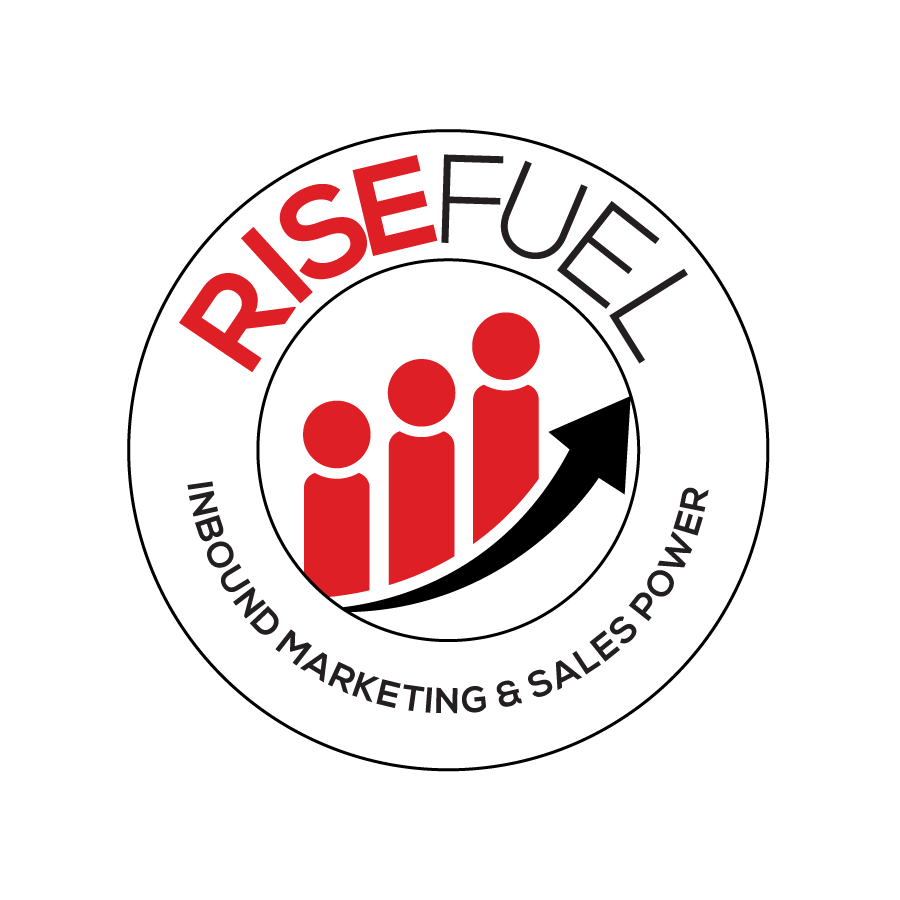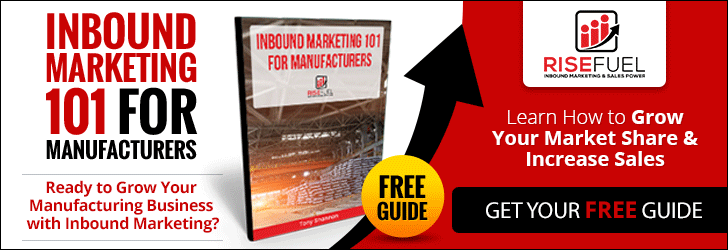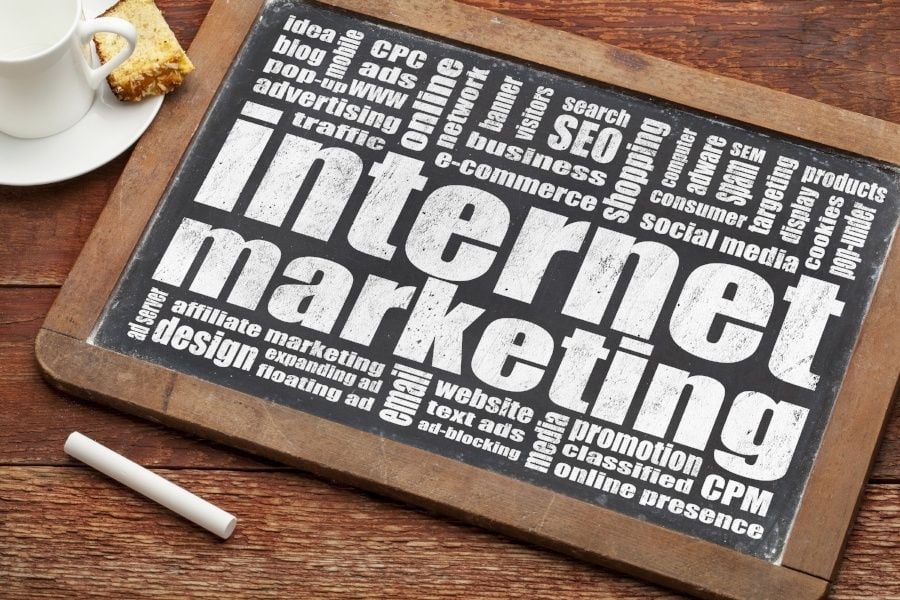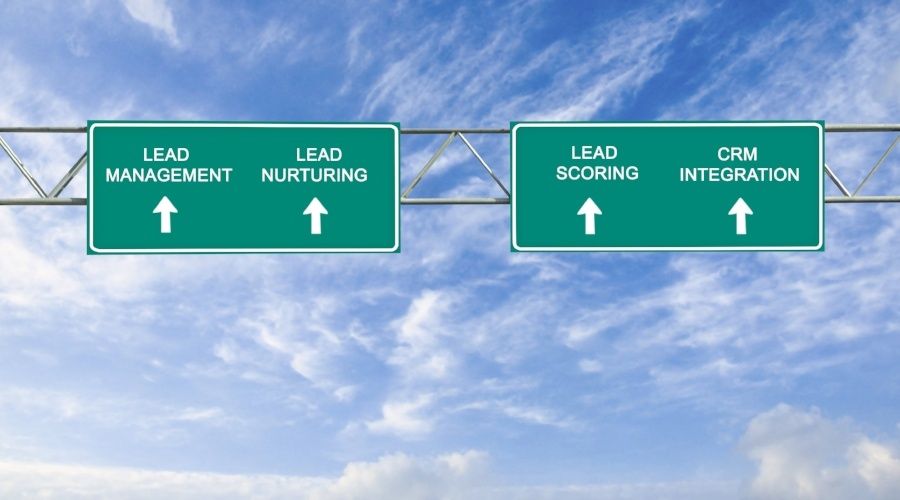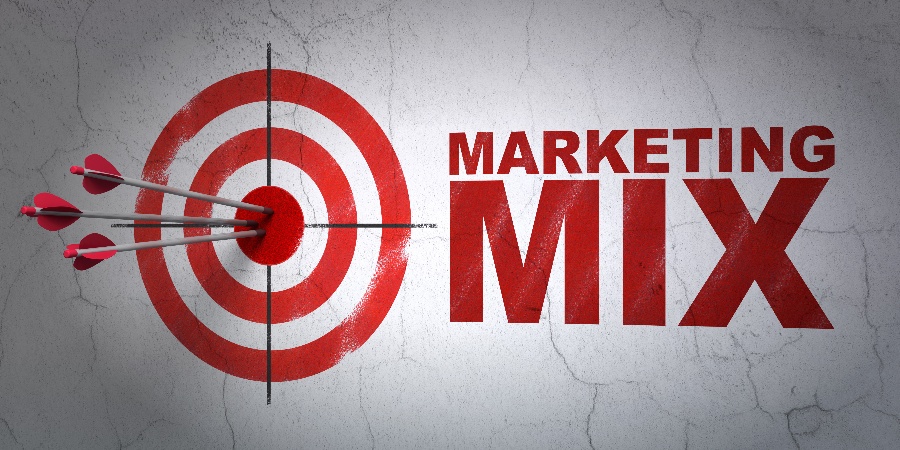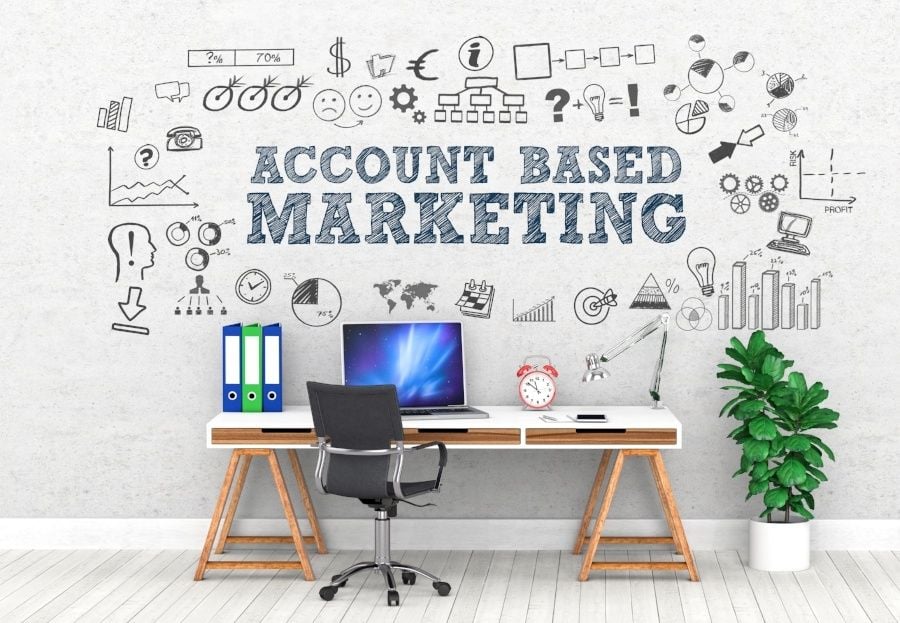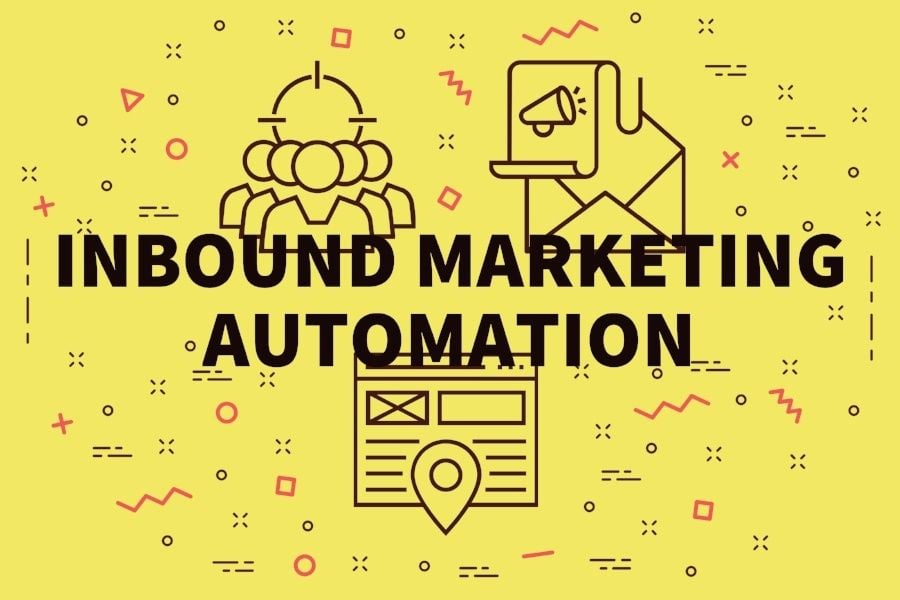
Inbound marketing is a modern approach to marketing that focuses on attracting, engaging, and delighting customers, rather than interrupting them with outbound messages. This approach has become increasingly popular as traditional outbound marketing techniques, such as advertisements and cold calls, have become less effective in today's digital age.
The goal of inbound marketing is to create valuable, relevant, and consistent content that draws people towards a brand and its products or services. By creating content that speaks to customers' needs, inbound marketing can build trust and establish a brand as a thought leader in its industry.
What Are the Core Factors in Inbound Marketing?
The inbound marketing process typically involves four stages: attract, convert, close, and delight.
-
Attract: The first stage of inbound marketing is attracting visitors to a brand's website. This can be accomplished through various tactics, such as search engine optimization (SEO), social media marketing, and content creation. For example, a brand can optimize its website for search engines by using relevant keywords, creating high-quality content, and building links from other relevant websites. Social media marketing can be used to promote content and engage with customers, while content creation can be used to share valuable information and thought leadership with customers.
-
Convert: Once visitors have been attracted to a brand's website, the next step is to convert them into leads. This can be accomplished through the use of forms, calls-to-action (CTAs), and landing pages. For example, a brand can use a form to capture visitors' contact information in exchange for a valuable piece of content, such as an eBook or whitepaper. The CTA can encourage visitors to take a specific action, such as filling out a form or signing up for a newsletter. Landing pages can be used to create a specific and targeted message for visitors, increasing the likelihood of conversion.
-
Close: The third stage of inbound marketing is closing leads into customers. This can be done through lead nurturing, which is the process of building a relationship with leads over time through targeted and relevant communications. Lead nurturing can include email campaigns, personalization, and lead scoring, which is the process of assigning a numerical value to leads based on their likelihood of becoming customers. For example, a brand can use lead scoring to prioritize its efforts on the most promising leads.
-
Delight: The final stage of inbound marketing is delighting customers by providing them with exceptional experiences. This can be done through customer service, community building, and upselling and cross-selling. For example, a brand can provide exceptional customer service through online chat, phone support, and email, while community building can be accomplished through social media, forums, and events. Upselling and cross-selling can be used to encourage customers to purchase additional products or services.
Practical and Effective Marketing Strategy
Inbound marketing is a practical approach for building a loyal customer base and growing a brand's online presence. By creating valuable content that speaks to customers' needs, inbound marketing can build trust and establish a brand as a thought leader in its industry. Additionally, inbound marketing can be cost-effective and result in a higher return on investment compared to traditional outbound marketing techniques.
In conclusion, inbound marketing is a modern and effective approach to marketing that focuses on attracting, engaging, and delighting customers. By creating valuable and relevant content, building relationships with leads, and providing exceptional customer experiences, inbound marketing can help brands grow their online presence and build a loyal customer base.


